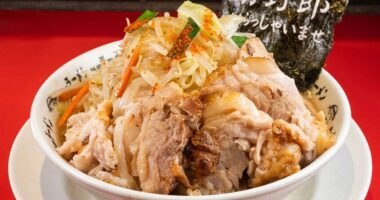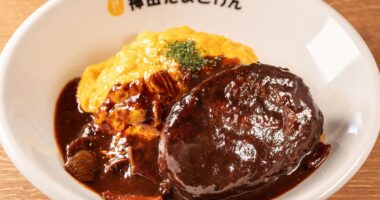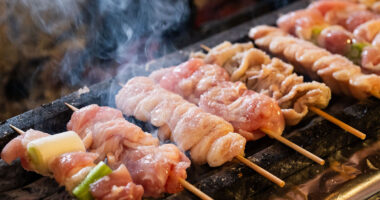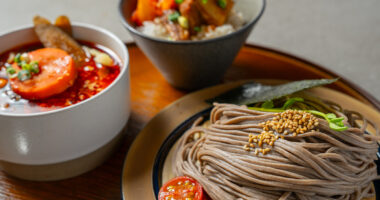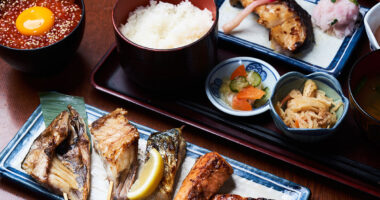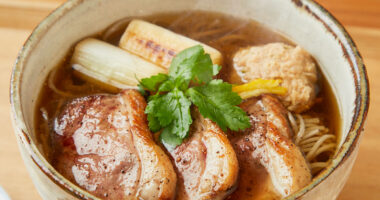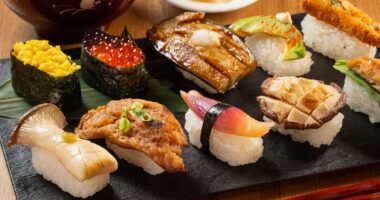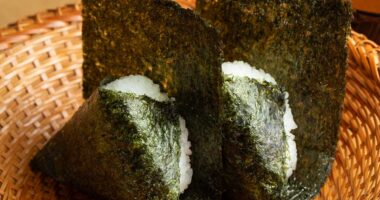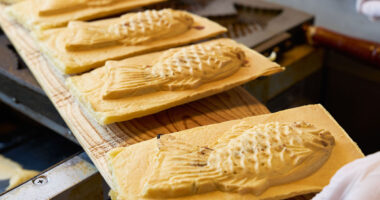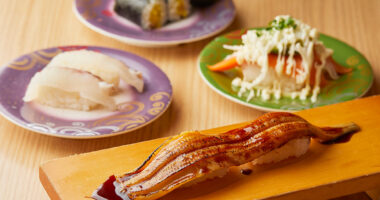As Japan increasingly becomes a top destination for travelers from around the world, it’s crucial to understand the unique customs and traditions that make this nation so captivating. One such aspect of Japanese culture that often piques the curiosity of tourists is its rich alcoholic heritage. In this article, we’ll explore the world of Japanese alcohol, including the rules for bringing alcohol in and out of the country, driving regulations, and etiquette for enjoying this country’s spirits.
Bringing Alcohol into Japan
Whether it’s for your personal consumption or a gift for someone in Japan, you may want to bring some alcohol into the country when you travel to Japan. However, it’s important to be aware of the country’s customs and regulations regarding alcoholic beverages. Visitors aged 20 or older can bring up to three bottles (760 ml per bottle) of alcoholic beverages per person into Japan duty-free. Anything in excess will have surcharges. Moreover, other restrictions may also apply. For details, see the Japan Customs website here. To avoid paying additional taxes upon arrival, ensure that you stay within the duty-free limits as you pack your favorite alcoholic beverages for your Japanese adventure.
Taking Alcohol out of Japan
When leaving Japan with your prized souvenirs or gifts of sake, shochu, umeshu or other alcoholic beverages, it’s crucial to adhere to the customs regulations and carry-on limitations of your destination country. For most international air travel, there are carry-on restrictions for liquids, including alcohol. These restrictions typically allow for containers of up to 100 ml with a total volume not exceeding 1 liter per passenger and placed in a transparent ziplock bag. With a few exceptions, sake, shochu or umeshu bottles don’t come in such small sizes, so most passengers will want to pack their bottles in checked luggage (being sure to insulate them carefully).
That being said, you may be able to bypass this rule by using a Security Tamper-Evident Bag (STEB), if you can buy one. These bags are designed to hold liquids purchased at duty-free shops and allow for transportation in your carry-on luggage. However, it is essential to check the specific limitations of the country you are headed to, as rules may vary. Different rules may also apply for domestic flights within Japan.
Remember that certain types of alcohol, like Japanese sake, may have specific rules and limitations depending on the destination. Ensure you familiarize yourself with these regulations before packing your souvenirs to avoid any complications during your travels.
Driving Rules
Japan has strict penalties for drunk driving, with a zero-tolerance policy enacted in 2007. Consequences for drunk driving can include imprisonment or fines, and passengers or those who provide a vehicle to a drunk driver may also face punishment. According to the National Police Agency of Japan, breath alcohol concentrations as low as 0.15mg/l can result in penalties, with more severe consequences for higher levels. At the very least, it will ruin your trip.
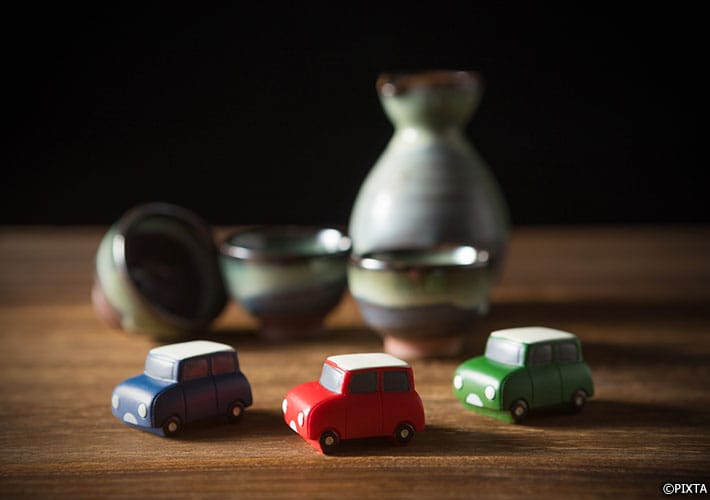
Don’t drink and drive, especially not in Japan…
Where and What Kind of Alcohol is Available?
Japan boasts a wide variety of unique alcoholic beverages to suit every palate. Here are some popular types of alcohol you’ll encounter on your journey:
- Sake: A quintessential Japanese beverage made from fermented rice. Sake is typically served warm or chilled and can be enjoyed in specialized bars called “sake-ya.”
- Shochu: A distilled spirit made from various ingredients like sweet potatoes, barley, or rice. Shochu is often consumed mixed with water or on the rocks.
- Umeshu: A sweet plum wine made by steeping green plums in alcohol and sugar. Umeshu is enjoyed on the rocks or mixed with soda water.
- Japanese Whisky: Japan has gained international recognition for its exquisite whiskies, often compared to those produced in Scotland. Many bars and izakayas (Japanese gastropubs) feature an impressive selection of Japanese whiskies.
- Beer: Beer is incredibly popular in Japan, with brands like Asahi, Kirin, and Sapporo being household names. There’s also a thriving craft beer scene with an array of unique flavors and styles.
- RTD Canned Cocktails: Ready-to-drink (RTD) canned cocktails have become increasingly popular in Japan, offering a convenient and portable way to enjoy various alcoholic concoctions. These premixed drinks come in an array of flavors, including classics like highballs, chu-hi (shochu mixed with soda and fruit flavors), and fruit-infused sours.
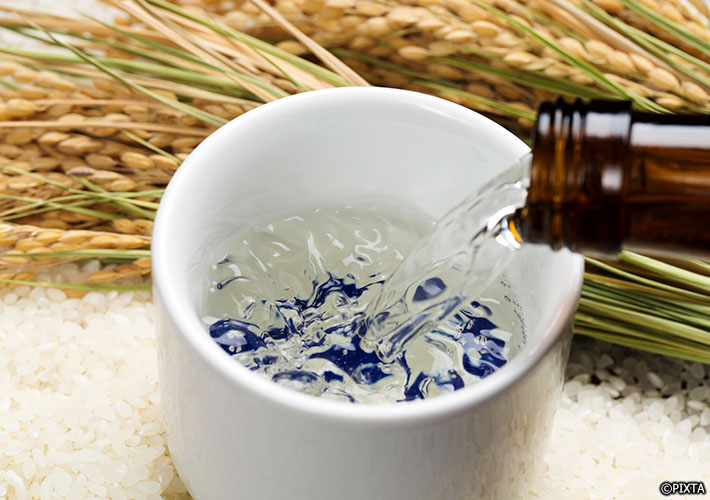
Sake
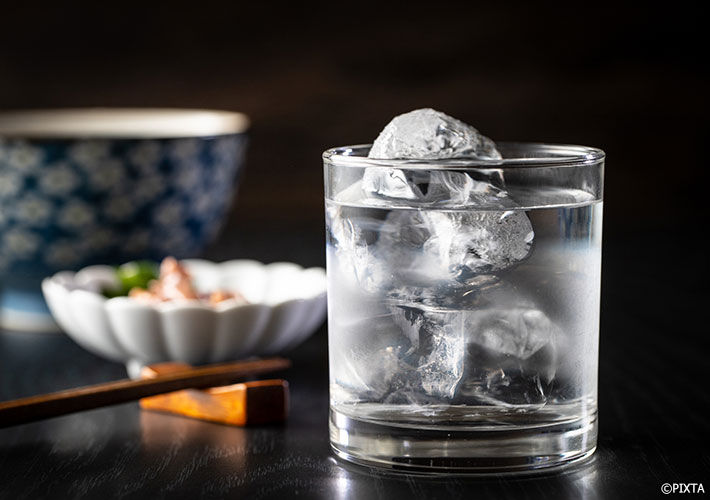
Shochu.

Umeshu.
You can find these beverages at a variety of establishments, from convenience stores and supermarkets to bars, izakayas, and specialized liquor stores.
Manners and Etiquette
Japanese drinking culture is rich in customs and etiquette, which are essential to observe to show respect and appreciation:
- Pouring for others: In Japan, if you’re drinking with Japanese people, it’s customary to pour drinks for your companions, and they’ll do the same for you. This practice of mutual pouring fosters camaraderie and goodwill.
- Using both hands: When receiving a drink, it’s polite to hold the glass with both hands, especially when an elder or a superior is pouring for you. This gesture shows gratitude and respect.
- Toasting: Among Japanese people, it’s common to begin a drinking session with a toast, usually with the word “kanpai” (meaning “cheers” or “empty the glass”).
- Drinking pace: Keep pace with your companions to maintain a sense of harmony. It’s considered impolite to finish your drink before others or to pressure others to drink more than they wish.
- Snacking: It’s customary to enjoy small snacks called “otsumami” while drinking in Japan. These snacks, which can range from simple edamame to elaborate sashimi platters, are often shared among the group.
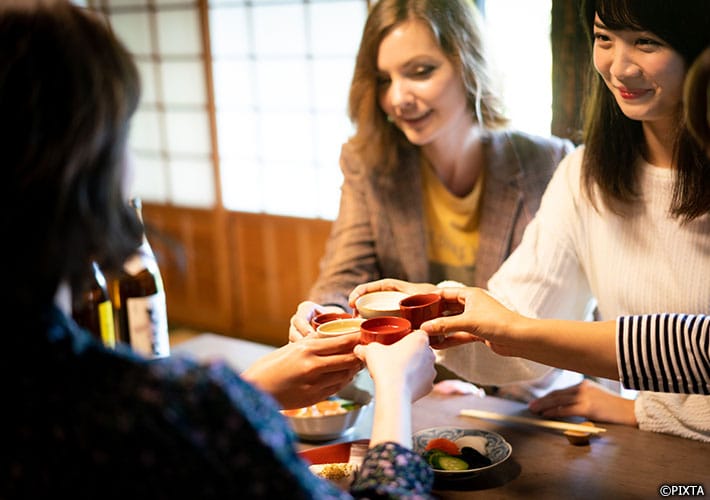
You may have an opportunity to enjoy a “kampai” when you visit Japan.
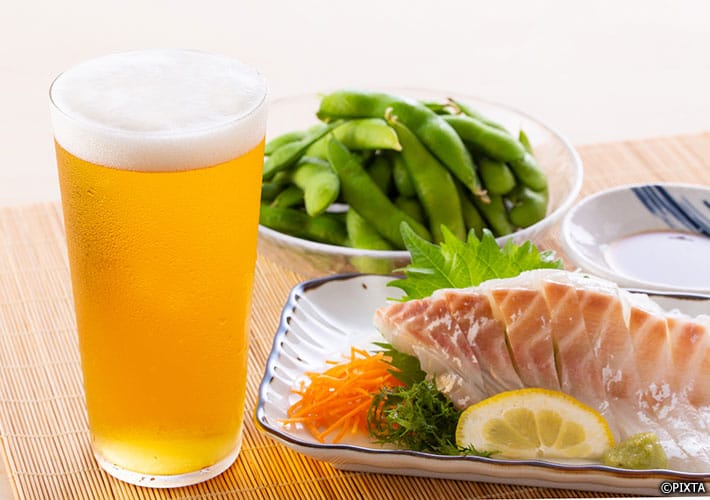
Otsumami of edamame and sashimi to go with Japanese beer.
In conclusion, as you embark on your Japanese adventure, immerse yourself in the country’s diverse and captivating alcohol culture. With a little knowledge of the rules, regulations, and etiquette, you’ll be well-equipped to navigate Japan’s spirited landscape and create lasting memories. So raise a glass, say “kanpai,” and enjoy the journey!


